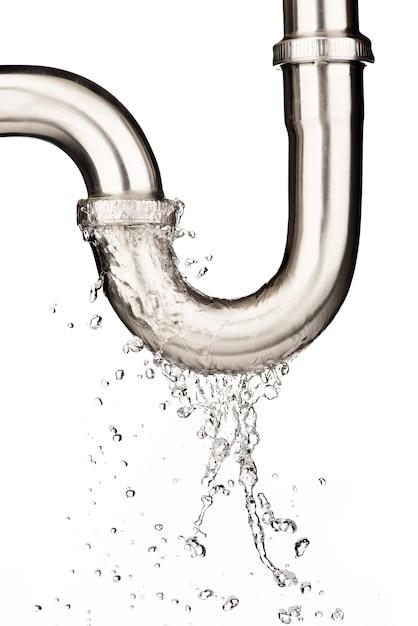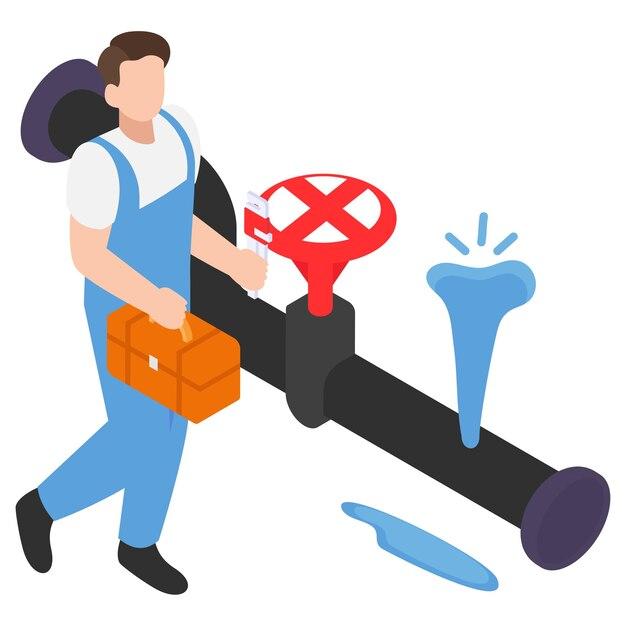The circular flow of income and spending is a fundamental concept in economics that helps us understand the interconnectedness of different sectors within an economy. It depicts the flow of money, goods, and services between households, businesses, and the government. However, this flow is not always seamless, as there are instances where money leaks out of the circular flow, creating gaps in economic activity.
In this blog post, we will delve deeper into the concept of leakage in the circular flow and explore its implications on the overall economic system. We will shed light on the difference between leakage and injection, and we’ll also discuss why understanding leakage is crucial for analyzing and predicting economic performance. So, let’s dive in and unravel the mystery behind the leakage from circular flow!

What is the Leakage from Circular Flow
In the fascinating world of economics, there is a little phenomenon called “leakage from circular flow.” Now, before your imagination runs wild with images of a tub overflowing or a water pipe gone wrong, let’s dive into what this term really means.
The Escape Artists: Leakages Defined
Leakage, in economic terms, refers to the flow of money out of the circular flow model, where households and businesses interact. It’s like a tiny, sneaky escape route for our hard-earned dollars. There are three main types of leakage: savings, taxes, and imports. Let’s explore each of them in detail, shall we?
Savings: The Hoarders Among Us
Good old savings! We all know the importance of setting some money aside for a rainy day, but did you know that this very act disrupts the circular flow of money? When households decide to save instead of spending their income, it creates a leakage. That money is no longer circulating among businesses, which can have an impact on production and economic growth.
Taxes: Robin Hood’s Sidekick
Ah, taxes. The necessary evil in our lives. While they play a vital role in funding public services and infrastructure, they also act as a leakage in the circular flow model. When the government collects taxes from households and businesses, that money is diverted away from the cycle, at least temporarily. But fear not, my fellow taxpayers, for this leakage becomes an injection into government spending, which is a whole different story entirely.
Imports: The Global Shopaholics
We all love a good shopping spree, especially when it involves unique goods from distant lands. But every time we import something, money flows out of our economy and into other countries, creating yet another leakage. It’s like waving goodbye to our dollars as they hop on a plane to explore the world. However, it’s important to note that while this leakage may seem like a loss, it can be offset by exports, which bring money back into the circular flow.
The Dance of Leakage and Injections
Now that we’ve uncovered the mysteries of leakages, it’s time to understand their dance with injections. Injections are the opposite of leakages and include investments, government spending, and exports. These injections are like the cool kids who help maintain the circular flow and keep the economy humming along.
When leakages and injections are in balance, the circular flow remains stable. But if leakages exceed injections, we might start seeing some gaps in economic activity. On the flip side, if injections exceed leakages, we may witness a surge in economic growth and activity.
While leakages may sound a bit mischievous, they are an essential part of understanding the circular flow of money in an economy. Savings, taxes, and imports all play their roles in influencing the overall economic health. So, the next time you hear about leakages, embrace their presence in the circle and appreciate the delicate balance they create in shaping our economy.
Stay tuned for more exciting adventures in the world of economics!

FAQ: What is the Leakage from Circular Flow
In this FAQ-style subsection, we’ll dive into the concept of leakage from the circular flow of income and spending. We’ll explore what happens in this circular flow, the difference between leakage and injection, and of course, the infamous leakage itself. So let’s get started!
What happens in the circular flow of income and spending
In the fascinating world of economics, the circular flow of income and spending is like a never-ending dance between households and businesses. Picture this: households earn income by selling their labor and other factors of production to businesses, and in return, businesses generate revenue by selling goods and services to households. It’s a merry-go-round of money flowing from one entity to another.
What is the difference between leakage and injection
Now, you might wonder, what’s with all this talk about leakage? Well, leakage in the context of the circular flow refers to any diversion of income away from the spending stream. In simpler terms, it’s like a sneaky little thief that steals money away from the hands of businesses, putting a dent in the circular flow.
On the flip side, injection is the opposite of leakage. It represents any addition of income into the spending stream. It’s like a generous benefactor who injects money into the economy, keeping the circular flow lively and robust.
What is the leakage from circular flow
Ah, the leakage! It’s the ill-famed escape artist in the economic circus. Leakage occurs when money leaks out of the circular flow and ends up outside the economy. There are three main types of leakage: savings, taxes, and imports.
Savings Leakage
Imagine you receive your paycheck and instead of splurging on that new pair of designer shoes or the latest gadget, you decide to be responsible and save a portion of your income. While it’s commendable from a personal finance perspective, it does introduce leakage into the circular flow. That money you saved is not being spent and likely stashed away in a bank or invested elsewhere, momentarily taken out of the economic equation.
Taxes Leakage
Oh, taxes, the necessary evil. As much as we may grumble about them, they play an essential role in society. When the government collects taxes from individuals and businesses, it’s like a magician pulling money out of thin air…or well, out of the circular flow. The taxed money doesn’t go back directly into the spending stream, creating yet another leak.
Imports Leakage
Now, let’s talk about imports. When a country buys more goods and services from other nations than it sells, it’s like opening a floodgate for leakage. When money is spent on imported goods, it flows out of the economy, leaving the circular flow a little lighter in the pockets.
In a Nutshell
There you have it! Leakage from the circular flow is the sneaky combination of savings, taxes, and imports that interrupts the smooth circulation of money within an economy. While leakage can temporarily disrupt the joyous dance of the circular flow, don’t worry! Injections, such as investments, government spending, and exports, come to the rescue, replenishing the economy and ensuring the show goes on.
So, next time you hear the term leakage in the realm of economics, don’t run for a plumber. Instead, remember that it’s all about the sneaky money leaks that we need to keep an eye on.
Now that you’re well-versed in the leakage from the circular flow, let’s move on to other captivating economic topics!
